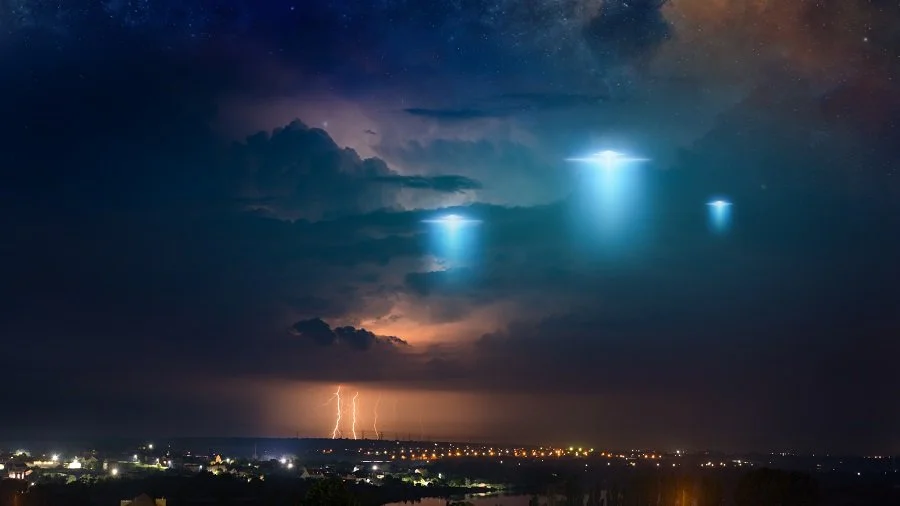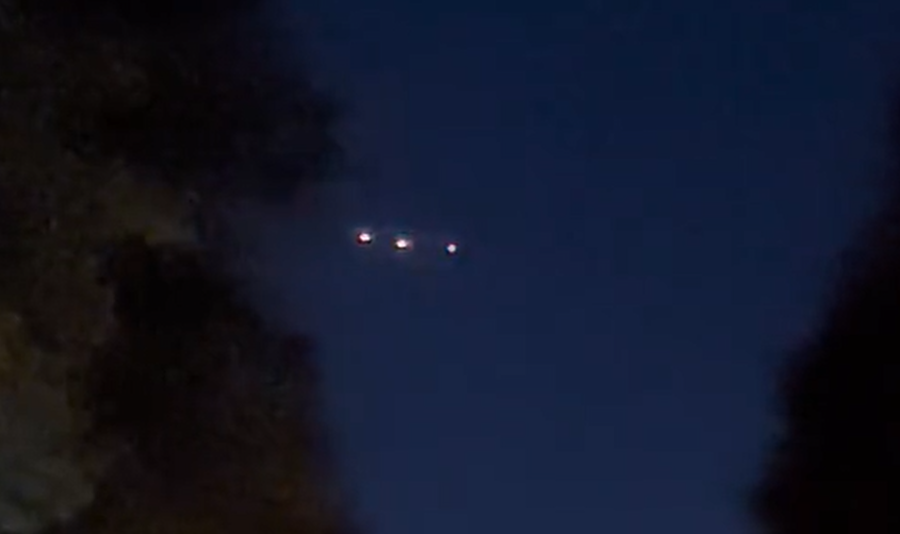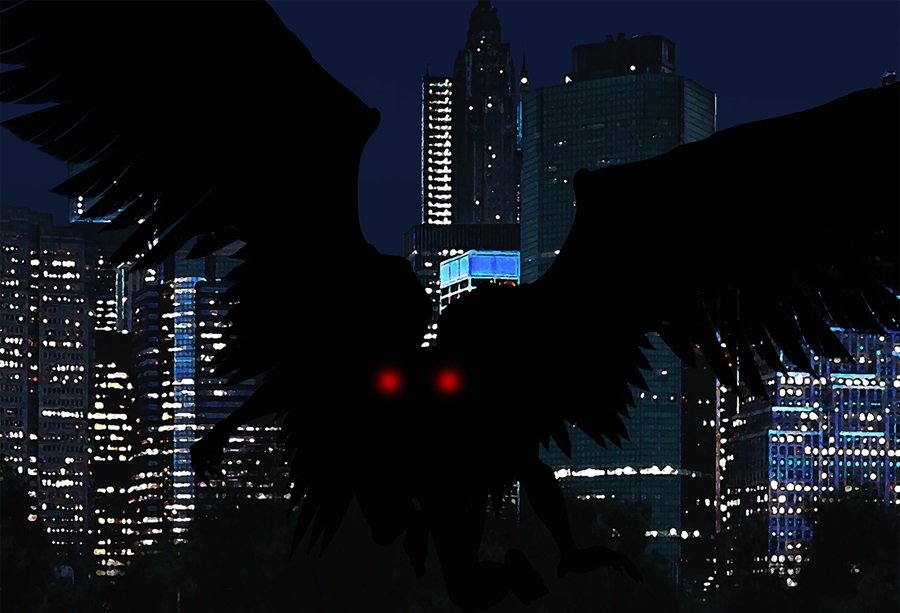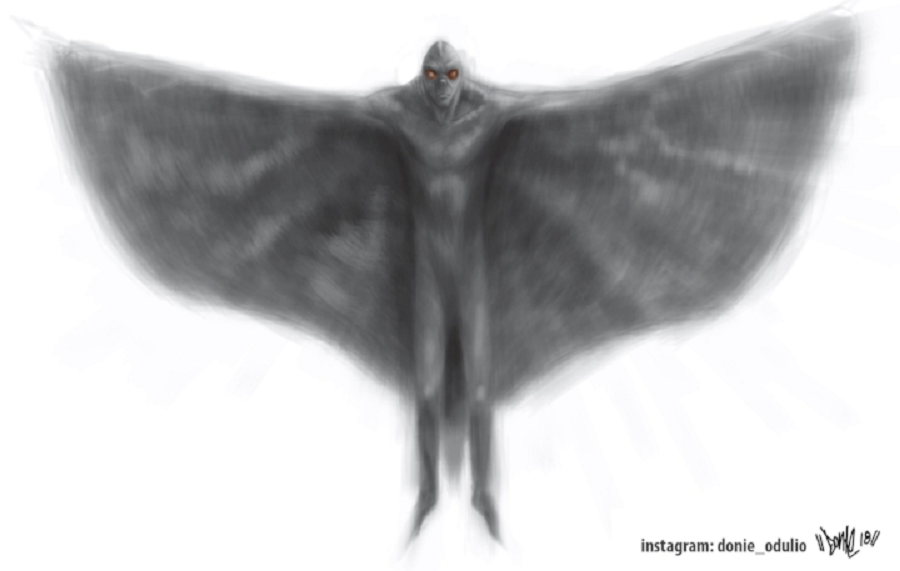Latest Congressional Definition May Suggest the Belief That Some UFOs Are of "Non-Human Origin"
A recent draft bill for the National Defense Authorization Act for fiscal year 2023 included language clarifying the definition of UFO for official purposes; language which some are saying suggests there are UFOs that are not of any earthly origin.
The bill was posted online last July by the Senate Select Committee on Intelligence (SSCI) following approval in a closed-door session the month prior, and first came to the attention of the UFO community after being covered in the blog of UFO researcher Douglas Dean Johnson.
However, specific attention to the implications of the new language defining UFOs came as a result of an opinion piece written for The Hill by Marik von Rennenkampff.
Rennenkampff served as an analyst with the U.S. Department of State’s Bureau of International Security and Nonproliferation, as well as an Obama administration appointee at the U.S. Department of Defense.
In his opinion piece, Rennenkampff makes the argument that the new language implies Congress believes at least some UFOs are of non-human origin.
The argument refers specifically to the new definition for UFOs introduced in the bill, which replaced unidentified aerial phenomena (UAP)—the current government nomenclature for UFOs—with unidentified aerospace-undersea phenomena (UAUP).
According to the bill:
“(8) The term ‘unidentified aerospace-undersea phenomena’—
(A) means—
airborne objects that are not immediately identifiable;
transmedium objects or devices [defined as any object or device observed to transition between space and the atmosphere, or between the atmosphere and bodies of water]; and
submerged objects or devices that are not immediately identifiable and that display behavior or performance characteristics suggesting that the objects or devices may be related to the objects or devices described in subparagraph (A) or (B); and
(B) does not include temporary nonattributed objects or those that are positively identified as man-made.”
In a report on the bill, the Select Committee on Intelligence expounded upon their expectations regarding the new definition.
“The formal [Department of Defense (DoD)] and Intelligence Community definition of the terms used by the [Office to Address Unidentified Aerospace-Undersea Phenomena] shall be updated to include space and undersea, and the scope of the Office shall be inclusive of those additional domains with focus on addressing technology surprise and ‘unknown unknowns.,’” the report reads. “Temporary nonattributed objects, or those that are positively identified as man-made after analysis, will be passed to appropriate offices and should not be considered under the definition as unidentified aerospace-undersea phenomena."
As Rennenkampff points out, the exclusion of objects that are “positively identified as man-made” would seem to indicate that what Congress is interested in are objects that are non-human in origin.
"Over the last seven decades, most UFO sightings involved 'man-made' objects, such as misidentified aircraft, balloons, satellites or drones. Yet now, according to Congress, 'man-made' objects 'should not be considered under the definition as unidentified aerospace-undersea phenomena,'" he wrote. "[...] This implies that members of the Senate Intelligence Committee believe (on a unanimous, bipartisan basis) that some UFOs have non-human origins. After all, why would Congress establish and task a powerful new office with investigating non-’man-made’ UFOs if such objects did not exist?"
The UFO phenomenon is something that Congress has seemingly been taking seriously of late, and this latest National Defense Authorization Act comes in the wake of low congressional confidence in the DoD’s investigative efforts into UFOs.
In the same report mentioned above, the Select Committee on Intelligence noted, "At a time when cross-domain transmedium threats to United States national security are expanding exponentially, the Committee is disappointed with the slow pace of DoD-led efforts to establish the office to address those threats.”
Following the release last year of the Office of the Director of National Intelligence’s much anticipated preliminary assessment report on UFOs, many in the intelligence community were critical of what they saw as its failure to offer any concrete explanations for most of the incidents analyzed, especially in light of concerns surrounding secret Russian or Chinese technology.
The Pentagon then promised to overhaul the task force responsible for investigating UFOs, which led to the Airborne Object Identification and Management Group (AOIMSG), which became the All-domain Anomaly Resolution Office (AARO) following an announcement last month (just after the public release of the draft bill mentioned above) that the DoD would be expanding their efforts to investigate UFOs due to the enactment of the National Defense Authorization Act for fiscal year 2022.
Congress’s increasing interest in UFOs was recently displayed during a House Intelligence subcommittee hearing held last May on the subject—the first of its kind in over 50 years.
The congressional hearing gave lawmakers the opportunity to question the Pentagon regarding the issue of UFOs and for government officials to explain their current position and outline plans to investigate the issue further.
There were few mentions of extraterrestrials during the hearing—although the Pentagon did express a particular interest in reports which include unusual flight characteristics, such as incredible speed, transmedium capabilities, and undetectable means of propulsion.
Congressional interest in UFOs has increased dramatically since the existence of the Pentagon’s Advanced Aviation Threat Identification Program (AATIP)—which reportedly ran from 2007 until 2012—was publicly revealed in 2017.
Interest continued to swell and, in 2019, several senators—including Sen. Mark Warner (D-Va.), the then vice chairman of the Senate Intelligence Committee—received briefings on encounters between Navy pilots and UFOs.
Then, in 2020, the Senate Intelligence Committee, led at the time by Senator Marco Rubio (R-Fla.), included a directive in their Intelligence Authorization Act for Fiscal Year 2021 ordering the Director of National Intelligence (DNI)—in consultation with the Secretary of Defense—to create a report regarding “unidentified aerial phenomena.”
That bill led to the creation of the Unidentified Aerial Phenomena Task Force (UAPTF); the group responsible for creating the preliminary assessment report in 2021.
To report your own encounter with the impossible, reach out to us directly at the Singular Fortean Society through our contact page.
If you enjoyed this article and would like to support the Singular Fortean Society, please consider becoming an official member by signing up through our Patreon page—membership includes a ton of extra content and behind-the-scenes access to the Society’s inner workings.






















